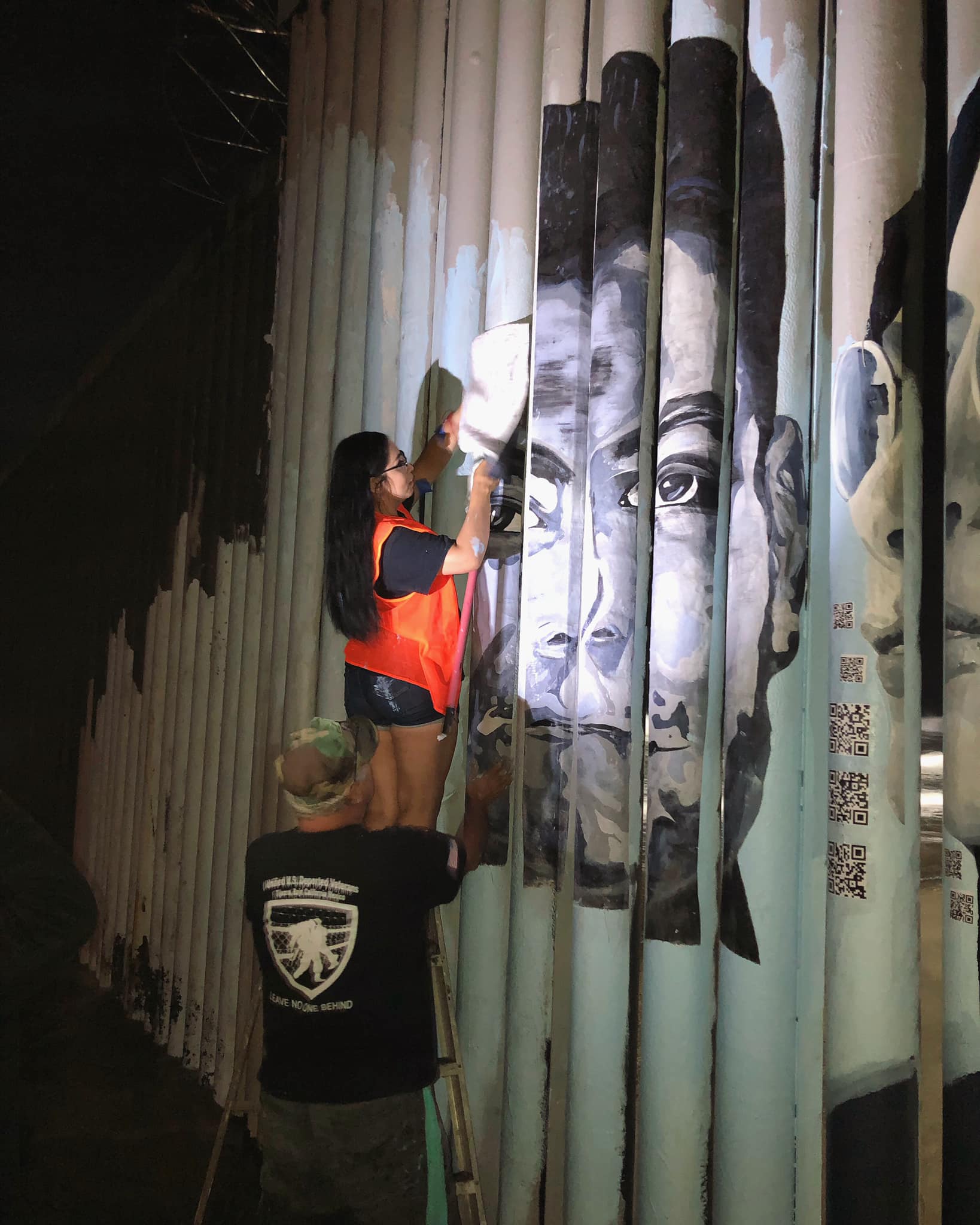Our project “Debunking Deportation Myths”, brings together economists, sociologist, Law scholars and scholars in the humanities to shine light on the phenomenon of deportation and detention of undocumented. We evaluate the effects of deportation and aggressive enforcement ion local communities, we document stories of deported people (Humanizando la Deportacion) and we shine a light on the conditions and consequences of incarceration.
Humanizing Deportation Project

Humanizing Deportation is a digital storytelling project that documents the human consequences of laws and policies governing the detention and deportation of migrants in North America. Its open access bilingual archive contains over 250 digital stories (testimonial audiovisual shorts), all created and directed by migrants. It is the world’s largest qualitative public database on deportation. Launched in 2017 in Tijuana, it has been active in five additional Mexican cities (Ciudad Juárez, Mexico City, Guadalajara, Monterrey, Tapachula) and in California. Coordinated by Robert McKee Irwin, it is housed at UC Davis’s Global Migration Center, and incorporates institutional collaborations with Tecnológico de Monterrey, Colegio de la Frontera Norte, Universidad Autónoma de Chihuahua and Universidad de Guadalajara.
 Playas de Tijuana Mural Project
Playas de Tijuana Mural Project
Who Are the Real Childhood Arrivals? is the title of a highly acclaimed interactive mural designed by Lizbeth de la Cruz, a PhD candidate in the Spanish department, and Assistant Project Coordinator of Humanizando la Deportación. Painted in a prominent location on the border wall in Friendship Park in Playas de Tijuana, this interactive mural features barcodes that link to digital stories recounting personal experiences relating to deportation, childhood arrivals, and family separation, most from the larger Humanizing Deportation project. Sponsored through UC Davis’s Mellon Public Scholars program, and produced in collaboration with muralist Mauro Carrera, Liz’s mural has been featured in media throughout the United States and Mexico, drawing attention to the plight not only of those migrants enrolled in DACA (Deferred Action for Childhood Arrivals), but many other childhood arrival migrants, including those ineligible for DACA and those who have already been deported.
